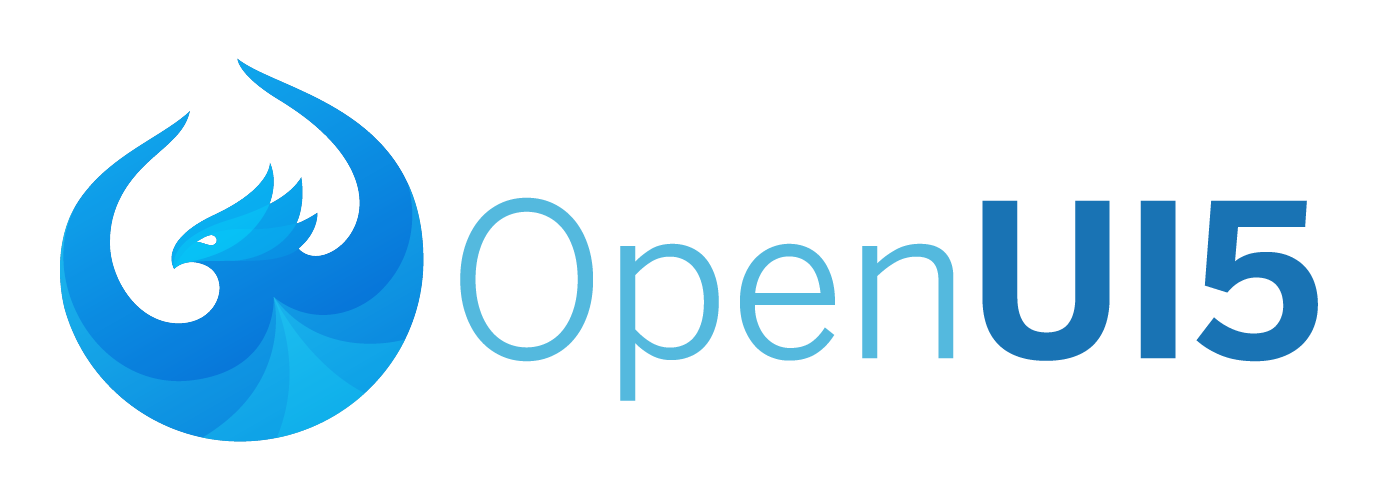OpenUI5 sample app using the UI5 Tooling.
- The UI5 CLI of the UI5 Tooling.
- For installation instructions please see: Installing the UI5 CLI.
-
Clone this repository and navigate into it
git clone https://github.com/SAP/openui5-sample-app.git cd openui5-sample-app -
Install all dependencies
npm install
-
Start a local server and run the application (http://localhost:8080/index.html)
ui5 serve -o index.html
- Run ESLint code validation
npm run lint
- Start a local server and execute the tests automatically after every change
npm run watch
- Run ESLint, start a local server and run the tests in CI mode
npm test
- Execute the build
ui5 build -a
- Run the result
- Install an HTTP server like zeit/serve (Note: You can use any HTTP server. If you use zeit/serve, please use version 6 as gzip support has been removed in newer versions.)
# Install zeit/serve npm install --global serve@6 - Start an HTTP server for the newly created
/distdirectoryserve ./dist
- Open the app at http://localhost:5000/index.html
- Install an HTTP server like zeit/serve (Note: You can use any HTTP server. If you use zeit/serve, please use version 6 as gzip support has been removed in newer versions.)
- (Optional) Remove previous build results
rm -rf ./dist
- Execute the
self-containedbuild to create a bundle with all of your applications runtime dependenciesui5 build self-contained -a
- Run the result
- Install an HTTP server like zeit/serve (Note: You can use any HTTP server. If you use zeit/serve, please use version 6 as gzip support has been removed in newer versions.)
# Install zeit/serve in version 6, as gzip support has been removed in newer versions npm install --global serve@6 - Start an HTTP server for the newly created
/distdirectoryserve ./dist
- Open the app at http://localhost:5000/index.html
- Install an HTTP server like zeit/serve (Note: You can use any HTTP server. If you use zeit/serve, please use version 6 as gzip support has been removed in newer versions.)
For local development of your applications' dependencies (like OpenUI5 libraries) you can link them by using Yarn. This will allow you to make changes to your applications dependencies locally and see the impact in your application immediately.
Note: Currently only Yarn understands the workspace package setting used in the OpenUI5 repository. If you do not plan to work with OpenUI5 you might as well use npm. But keep in mind that linking the same module with npm and Yarn might lead to issues. Also, Yarn can't work with links created by npm and vice versa. See FAQ: What's the thing with yarn? for details.
- Yarn (version must be 1.0 or higher)
- Note that you can use npm instead of Yarn if you do not plan to work with a local copy of the OpenUI5 main repository. See FAQ: What's the thing with yarn?
The following needs to be done just once per setup.
- Clone the OpenUI5 repository and navigate into it
Note: The UI5 version must be 1.52.5 or higher, you can check that in the root
package.jsonfilegit clone https://github.com/SAP/openui5.git cd openui5 - Install all dependencies (this also links all OpenUI5 libraries between each other)
yarn
- Make all projects available as global links. Note: The OpenUI5 project uses wsrun to link all libraries with one command. See Linking Projects for general information about project linking.
yarn run link-all
- In your application directory: Link the required OpenUI5 libraries
yarn link @openui5/sap.ui.core yarn link @openui5/sap.m yarn link @openui5/themelib_sap_belize
You can now make changes in your local OpenUI5 repository and see the impact directly when serving or building your application.
To return to using the OpenUI5 npm packages
- Remove the links
yarn unlink @openui5/sap.ui.core yarn unlink @openui5/sap.m yarn unlink @openui5/themelib_sap_belize
- Re-install the packages from the registry
yarn
